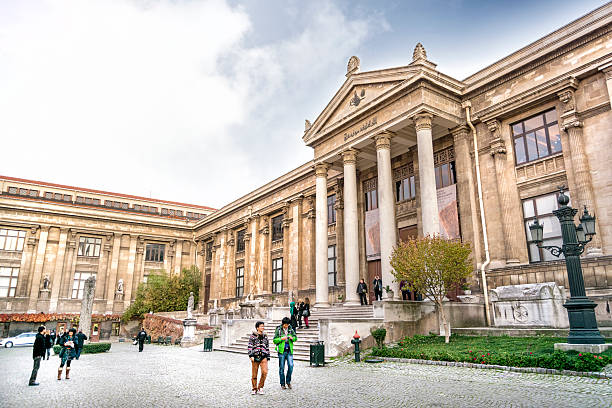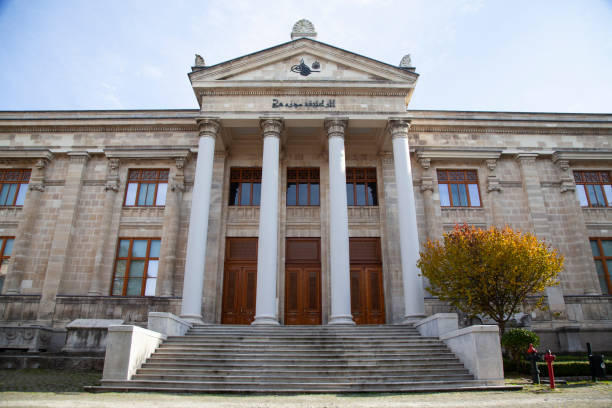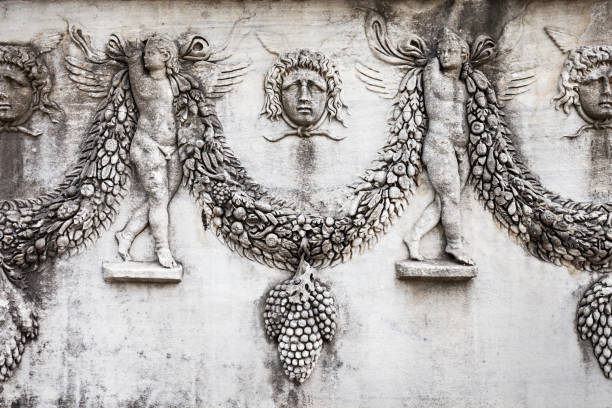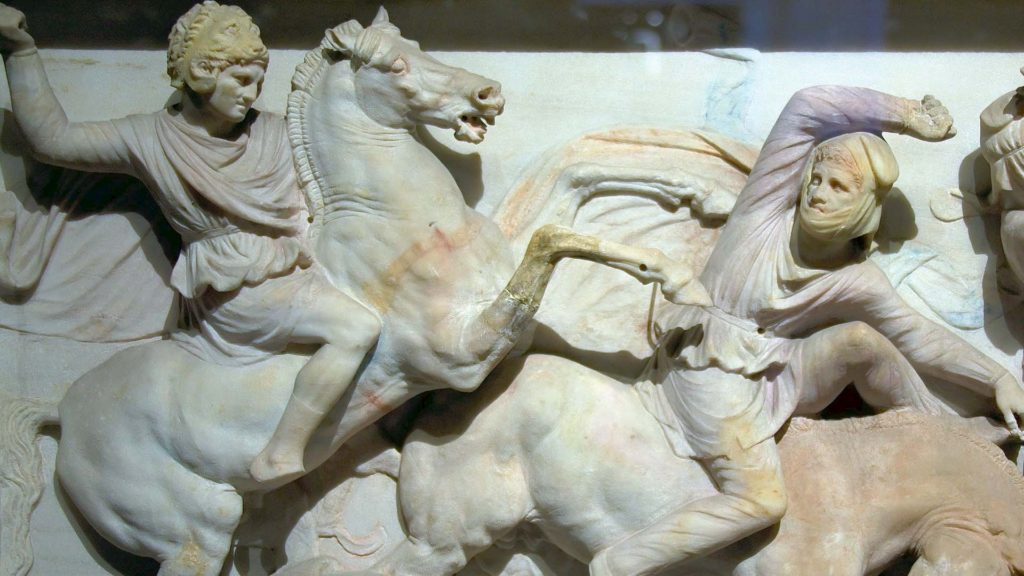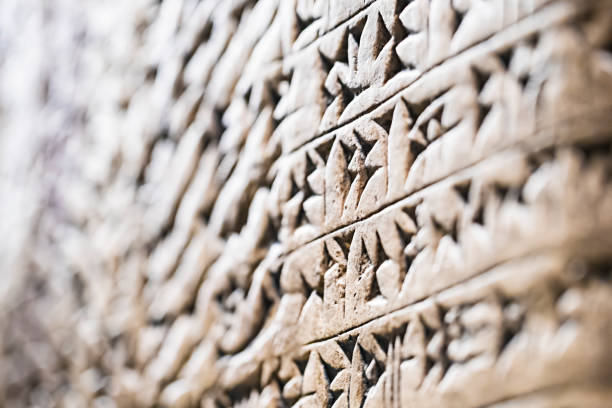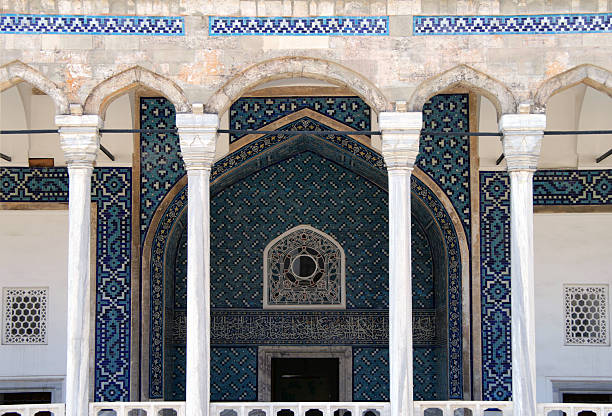

Contact Information
- www.istanbultours.com
-
Address: Hobyar Mah. Ankara Cad.
No:29/3 Fatih-Istanbul, TURKEY - +90 507 763 2447
Istanbul Tour Categories
- Istanbul Private Tours
- Istanbul Layover Tours
- Istanbul Shore Excursions
- Istanbul Small Group Tours
Places in Istanbul Tours
About
- How do I make reservation
- Cancellation Policy
- Secure Booking
- Our Company
© Copyright by MILION Travel and IstanbulTours.com 2001-2022. All Rights Reserved. Nothing contained on this website may be reproduced without express written permission.
